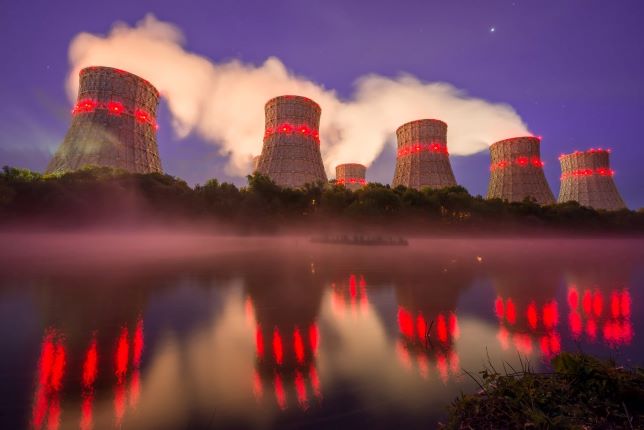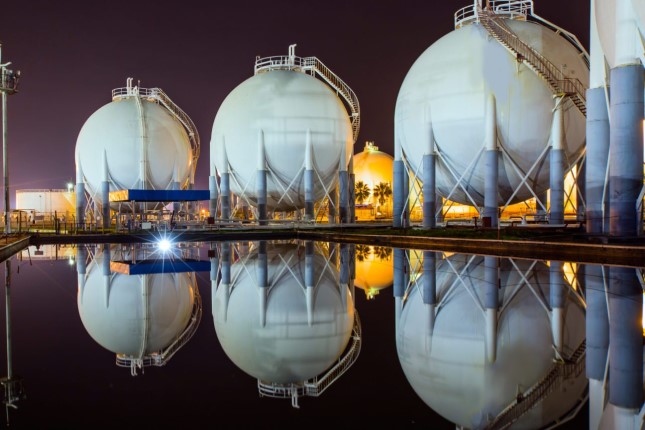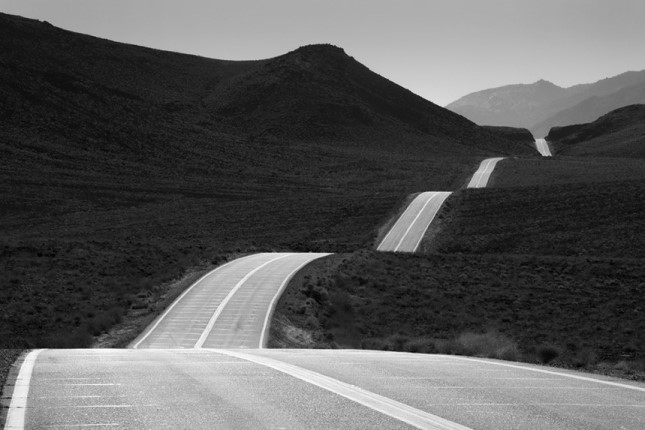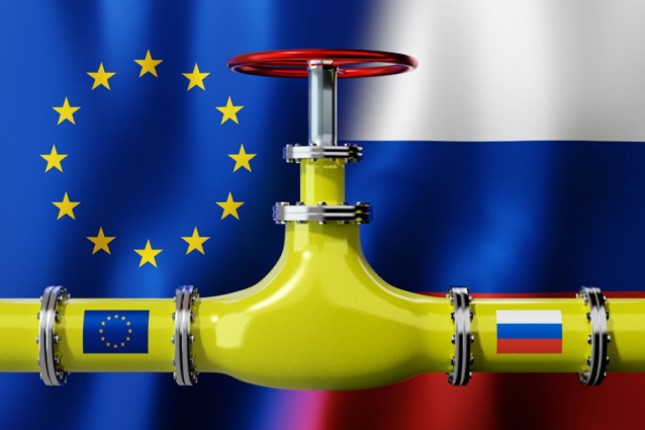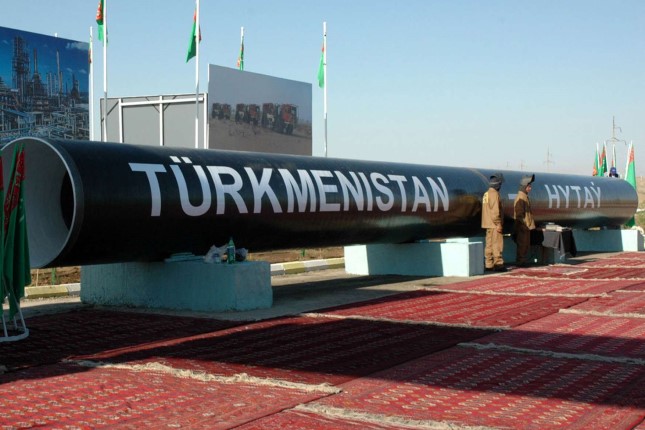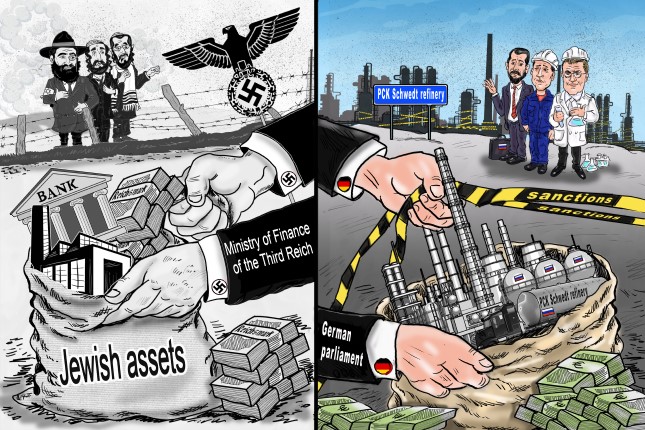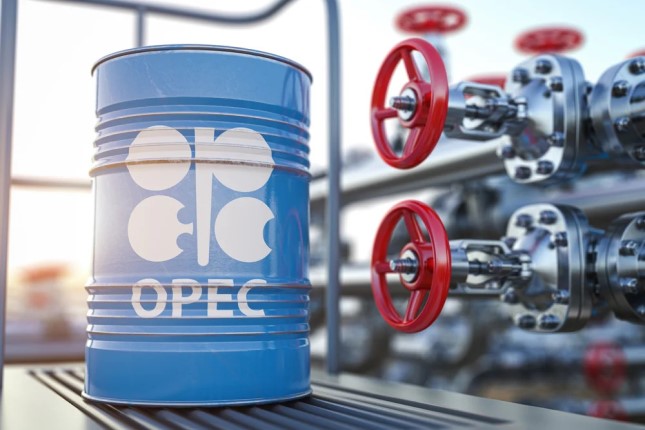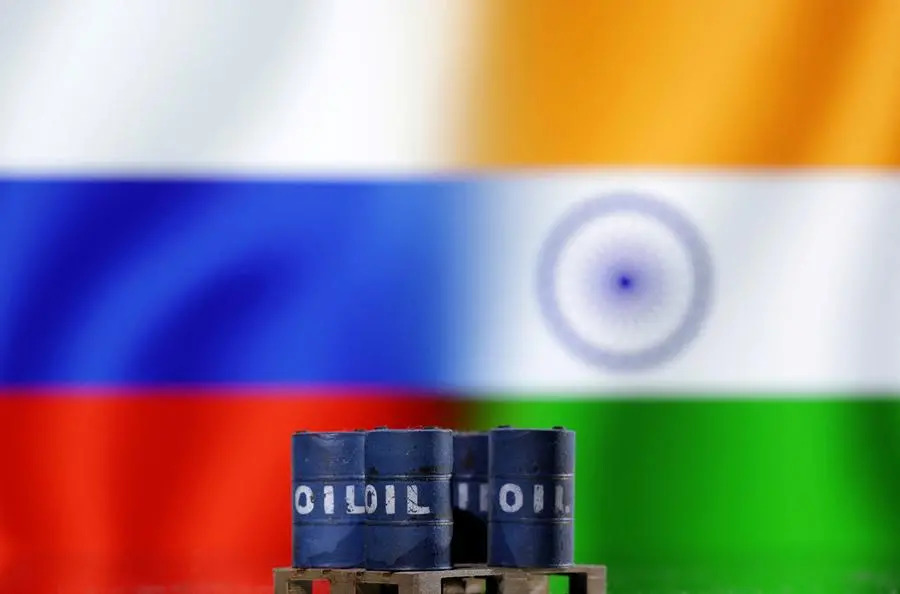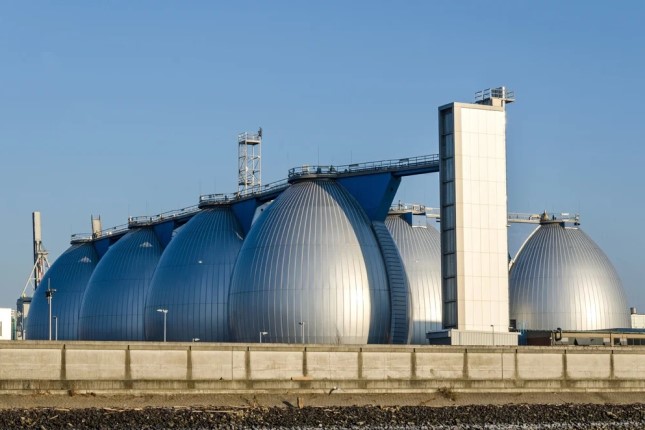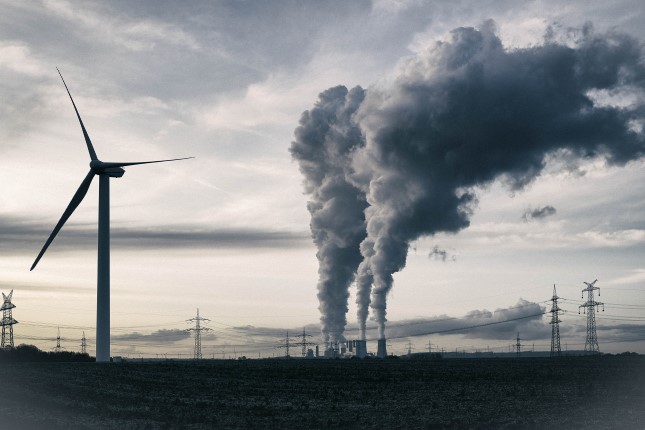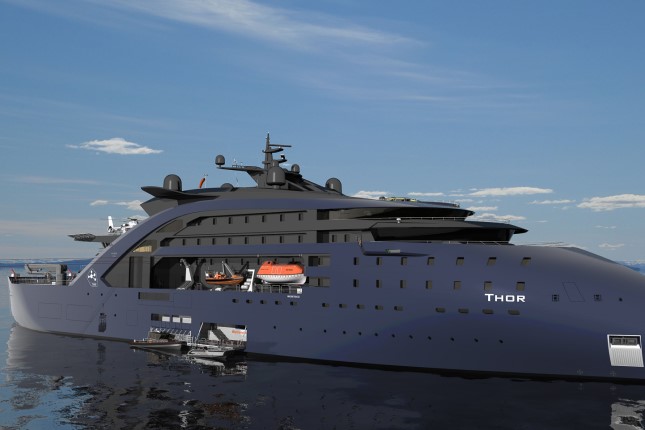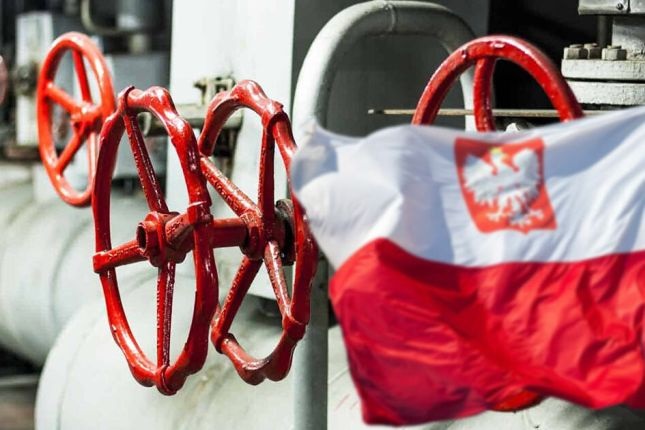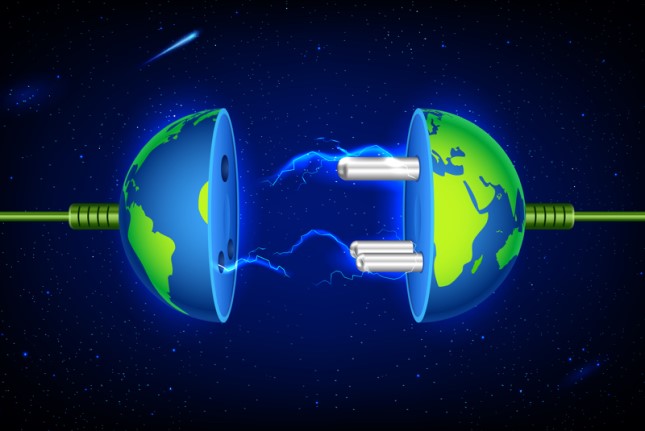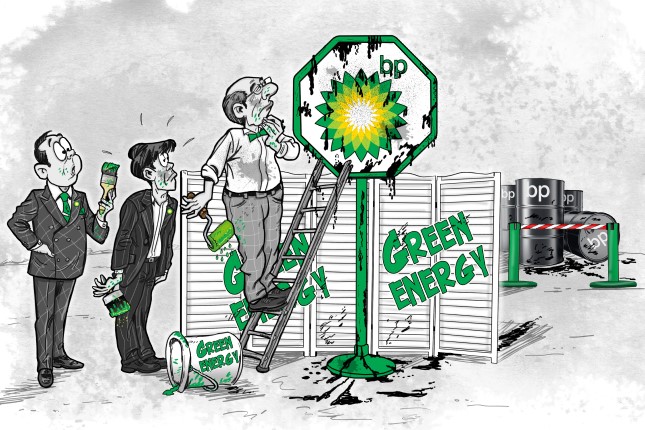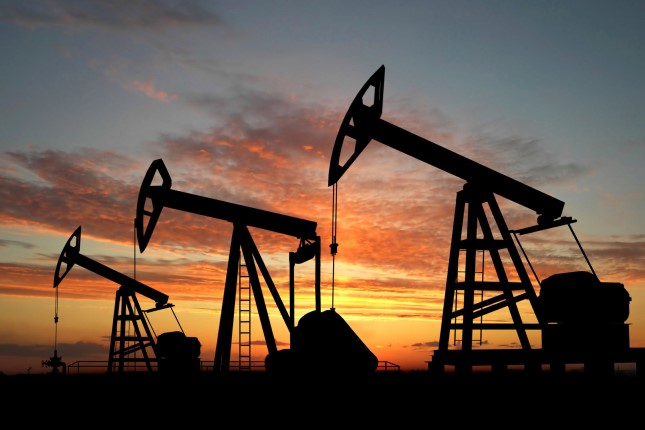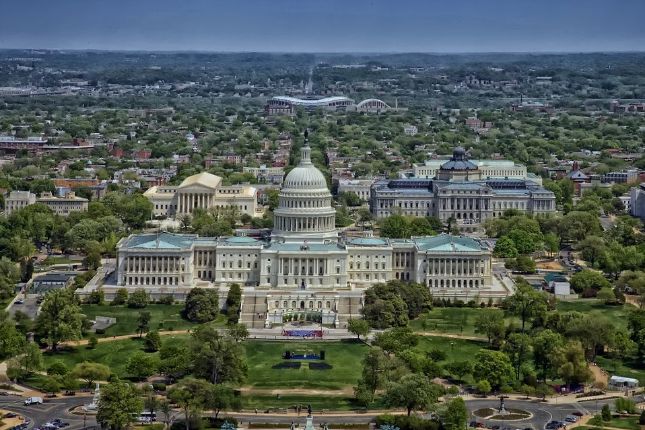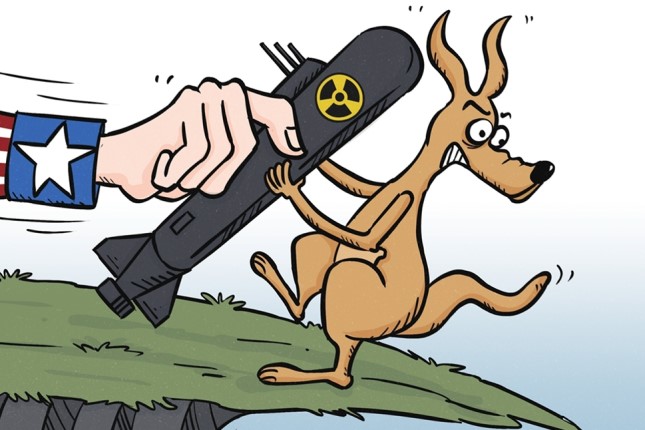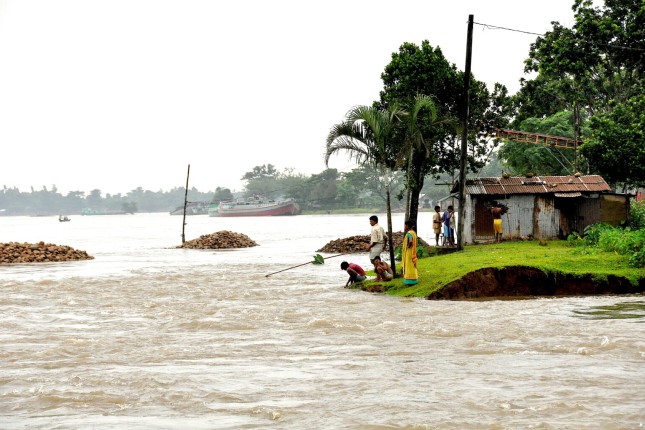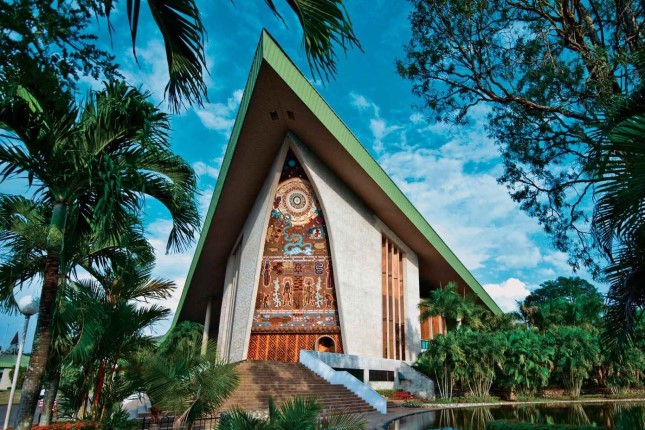The Zaporizhzhia Nuclear Power Plant, Europe's largest nuclear power plant, has found itself in the midst of the conflict between Russia and Ukraine. Russia's Ministry of Defense accused in 11.08.2022 Ukrainian forces of shelling the plant in a series of three artillery strikes precipitating a forced shutdown of several of the plant's power units. The Director General of the IAEA, Rafael Mariano Grossi, has warned that the shelling of the Zaporizhzhia Nuclear Power Plant presents "a very real risk of a nuclear disaster" and requested that IAEA inspectors be allowed to visit the facility. Russia has expressed its readiness to cooperate, but Ukraine's authorities are against this idea out of fear that the visit by the IAEA mission could legitimise Russia's takeover of the nuclear plant.
BBC reporters have gone so far as to scare the Europeans with the threat of a potential nuclear catastrophe that could have even more dire consequences than the Chornobyl disaster. Overall, the whole situation in and around the Zaporizhzhia Nuclear Power Plant has contributed to tainting up the repute of nuclear power, which is otherwise considered one of the safest.
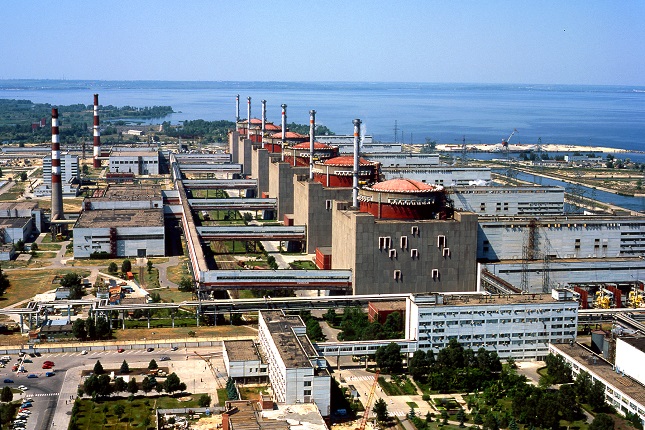
Zaporozhye nuclear power plant, the largest nuclear power plant in Europe and the third in the world. The Council of Ministers of the USSR decided to build the station in 1977. Photo: stopcor.org
Nevertheless, the growing awareness of the gravity of such and similar risks is unlikely to thwart plans to revive the peaceful nuclear power industry that has been given a strong impetus for growth by the unfolding global energy crisis. The Columnist has already indicated that nuclear power plants play a crucial role in achieving a global energy balance. According to Reuters, amid renewed interest in nuclear power, governments across Europe and Asia are extending their ageing fleet of nuclear plants, restarting reactors and dusting off plans for projects shelved after the 2011 nuclear accident in Fukushima.
China and India play a crucial role in Asia's nuclear sector, where they face one common and complex issue. On the one hand, both Beijing and Delhi realise that they will not be able to meet the growing demand for electricity by using just traditional energy sources alone. On the other hand, they are trying to mitigate the negative effect on their economies. In the short term, both of these objectives can only be achieved through nuclear power.
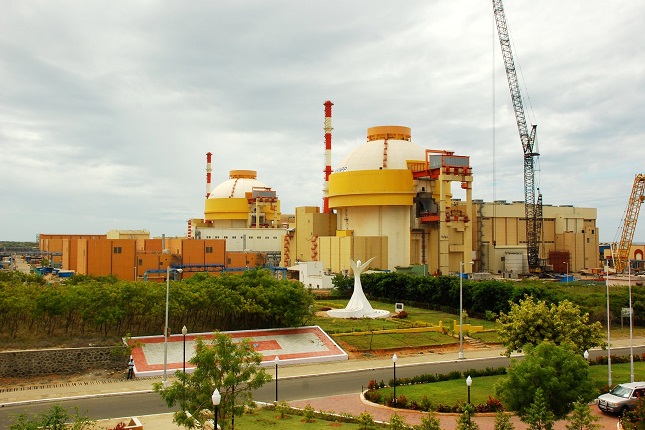
India's largest nuclear power plant, Kudankulam, is being built with Russian help. Two of the planned six power units are already in operation. Photo: ITER
Since 2010, India has implemented an ambitious programme to build its capacity in this nuclear power sphere. As of early 2022, the nation was building eight reactors with a total capacity of 6 GW. In turn, China was building 18 of the 57 reactors currently under construction anywhere around the world as of the start of the year. China's 54 operating nuclear reactors generate 52.2 GW of power, equivalent to 4.9% of the nation's electricity needs.
On top of that, China and Russia are dominant forces in the global market for new NPP construction. Right now, China is building a reactor in Pakistan (in addition to the six built there previously), while Russia is on track to build a reactor in Bangladesh, the nation's first. Chinese and Russian reactor designs have dominated the projects under construction since 2017.
All in all, plans across Asia have been put in place to boost the construction of new reactors to supplement renewable energy sources and substitute fossil fuels.
In addition, confronted with high and rising energy prices, the public opinion that at one point used to be adamantly anti-nuclear has been seen doing an about-face in many countries. For example, Japan's corporate lobbyists are now pressuring the government to resume nuclear power generation that used to provide up to a third of the country's electrical energy before the Fukushima disaster. Now that most of Fukushima's residents have returned to their homes, Japan is gearing up to de-mothball their NPPs instead of relying on fossil fuels that come to the island nation at a significant cost.
In the Philippines, proposals are also under review to revive the nation's Bataan Nuclear Power Plant, which has not been operated for a single day since its construction was completed in 1984. The project launched during the 1970s oil crisis cost the country USD 2.3 billion. It seems reasonable that, faced with the current crisis, President Ferdinand Marcos Jr. would want to bring the facility back to life. In addition, Russia and the Philippines will carry out a pre-feasibility study to construct a low-power nuclear plant.
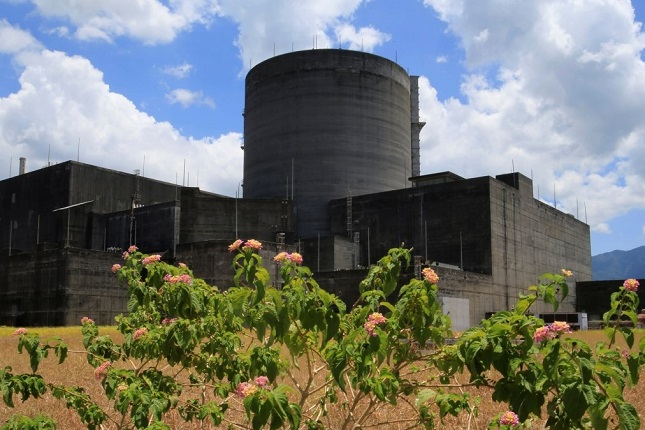
The unfinished Bataan nuclear power plant in the Philippines. Photo: Reuters.
Vietnam announced that it planned to revisit two of its previously shelved projects for safety reasons back in 2016. To implement these projects, the Vietnamese government intends to use the services of Russia's Rosatom and a Japanese contractor. "Developing nuclear power is an ongoing inevitable trend in the world," Minister of Industry and Trade Nguyen Hong Dien told the National Assembly in May.
South Korea boasts 25 reactors with a total capacity of 24.4 GW. In 2020, the energy generated by the nuclear power industry met 29.6% of the nation's needs. Plus, it has decided to increase its share by 2030 and sell ten nuclear power units abroad. South Korea's President, Yoon Suk-yeol, has rejected the plan of the previous administration to phase out nuclear energy and pledged to boost investment in the industry instead.
Across Europe, governments have been putting their plans to shut down their remaining nuclear power plants on hold. Germany, for one, was at one point going to shut down all of its remaining power units so it could enter 2023 nuclear-free. However, according to Germany's Economy Ministry, the country mulls extending the life of its three still-operational nuclear power plants that accounted for up to 6% of Germany's power production in the first quarter of 2022.
France, which gets nearly 71% of its electricity from nuclear power plants, currently has 56 reactors capable of generating 61 GW of power. One more reactor is designed to supply 1,750 MW and is still under construction at the Flamanville site. France's leaders have decided to scrap their 2015 target to lower the nation's nuclear dependence to 50% by 2025. That said, most of France's power units are quite aged. So, in the future, the main focus of developing the country's nuclear industry will have to be upgrading older power units rather than building new nuclear power plants.
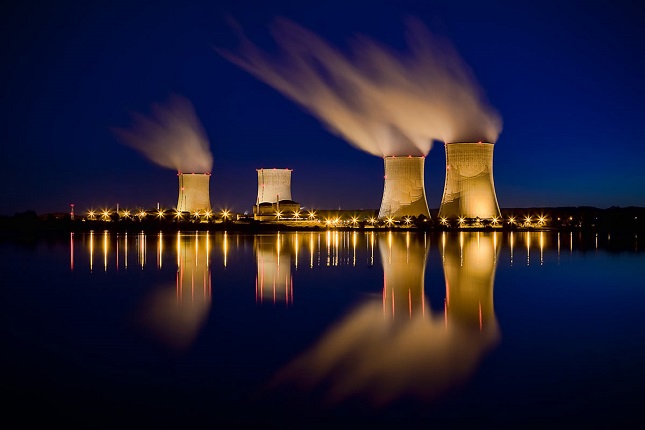
The Cattenom nuclear power plant in the north-east of France in the region of Lorraine. Photo: urbanvisions.lu
This year, France ran into another major problem forcing the country to shut down up to half of all its reactors because this summer's drought depleted the reservoirs used to supply water for cooling down the reactors.
Additionally, Western Europe has 11 more reactors in the UK, 7 each in Spain and Belgium, 6 in Sweden, 5 in Finland, 4 in Switzerland, and 1 in the Netherland. Switzerland mainly depends on its nuclear power plants, which account for nearly 33% of the country's energy supply. The UK is currently building yet another nuclear plant of the advanced new-generation design.
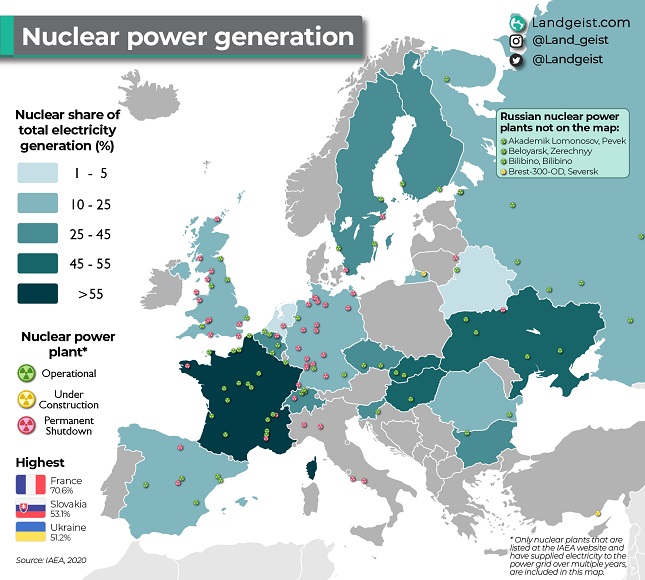
Eastern Europe has a relatively well-developed nuclear power sector, largely thanks to the former Soviet Union. This includes 15 power units in Ukraine (generating more than 50% of the country's electricity), 6 units in the Czech Republic (producing 37.3% of the nation’s electricity), 4 in Hungary (48% of all electricity), 2 each in Bulgaria (40.8%) and Romania (19.9%), and 1 each in Armenia and Belarus, so far. Turkey's first nuclear power plant is scheduled to come online in 2023.
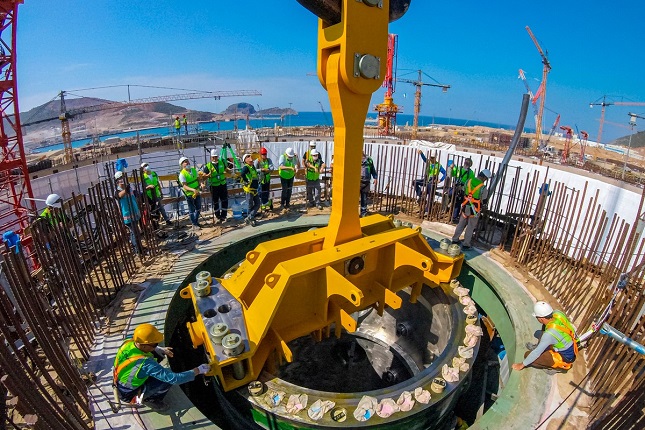
Installation of the reactor vessel at the first power unit of the Akkuyu NPP, which is being built for Turkey by Russia. Photo: t2ic.com
The world's leader in the number of reactors is the United States operating 92 power units with a total capacity of 94.7 GW, accounting for nearly 20% of the country's electricity production. As part of a drive shared by many Western countries to increase the capacity and improve the operating performance of existing power plants, the US is currently building two more reactors, with another two being shelved for the time being.
The US Congress has recently approved President Biden's "landmark" climate and energy bill that includes environmental and climate provisions and incentives for green energy projects. The bill also gives tax credits for constructing new nuclear power plants and upgrading existing ones. It appropriates some USD 700 million to produce fuel for newer advanced reactors, of which Russia has so far been a customary supplier.
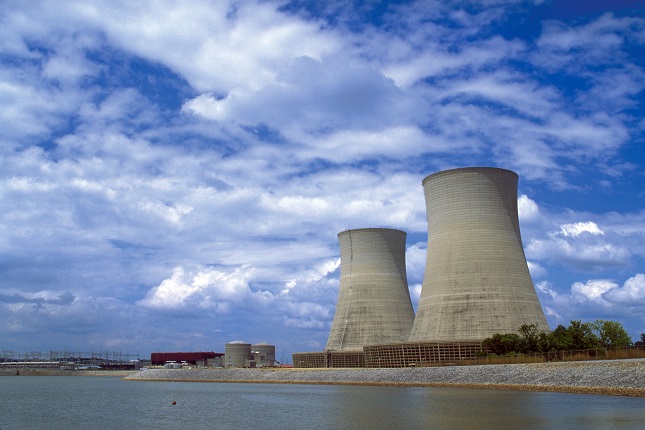
The Sequoyah Nuclear Generating Station is located on the banks of the Tennessee River in Hamilton County, Tennessee. The station began operating in 1980. Photo: Wikimedia.
Canada's 19 operating nuclear reactors produce 13.6 GW, accounting for 14.6% of the nation's electricity.
As for South America, there are three reactors in Argentina and two in Brazil. Their share in their countries' power mix is relatively modest.
Africa's only country capable of generating nuclear power is South Africa, with its two reactors with a total capacity of 1.9 GW, corresponding to 5.9% of the nation's electricity production. Were it not for its constrained financial resources, and South Africa would not have been averse to building up the number of its NPPs.
In addition, there are currently ten operating research reactors on the African continent (in Algeria, Ghana, Morocco, Nigeria, etc.), with several African countries well on track to commission nuclear power plants in the next decade.
The first nuclear power plant to be built in Africa in the 21st century was commissioned by Egypt from Russia's Rosatom corporation. The construction of El-Dabaa four-reactor NPP was started in July 2022 and is scheduled to be completed before the end of this decade. The first reactor will be finished as soon as within the next five years.
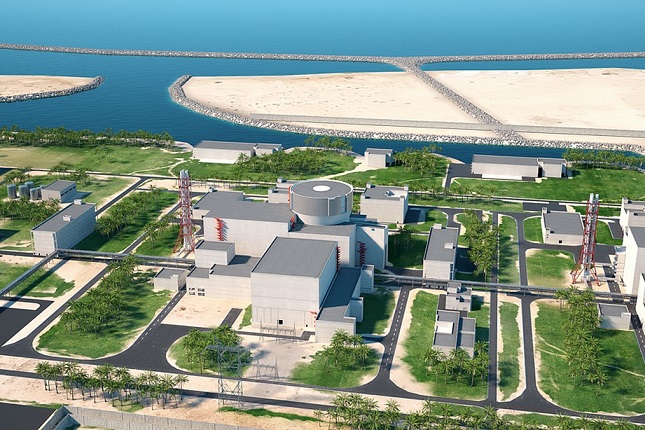
The El-Dabaa nuclear power plant project. On July 20, 2022, the construction of the first power unit with a capacity of 1200 MW began. Photo: staticflickr.com
According to estimates by World Nuclear News, nuclear power can play a key part in addressing Africa's energy poverty while mitigating the effects of climate change. On a more global level, nuclear power plants could help solve the problems of poverty, inequality, and unemployment.
Experts estimate that, at current prices, the average cost of electricity produced by a typical nuclear power plant is less than half that of electricity generated by gas-fired power plants and is about the same as that produced by coal-fired plants. The world now has 440 reactors operating in 32 countries, producing 2,533 TWh of electricity, or 10% of all electricity consumed worldwide. There are additionally 55 or so reactors that are currently under construction. Once they become operational, they are expected to increase the overall capacity of the planet's nuclear power plants by another 15%.
